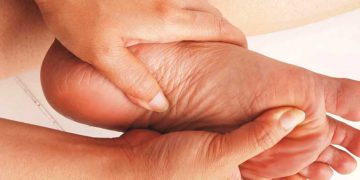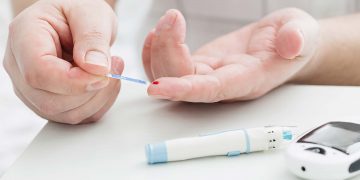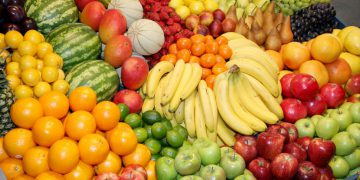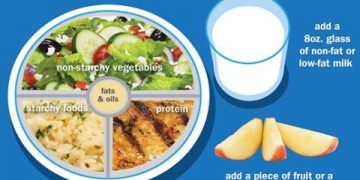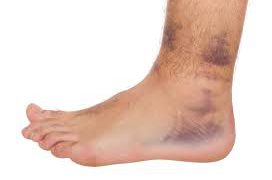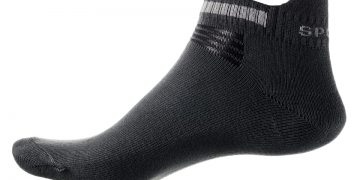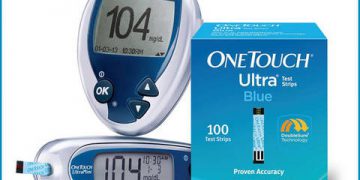Juvenile diabetes symptoms are much the same as type 1 diabetes symptoms. Juvenile diabetes tends to affect young people. However older people are also affected. People with type 2 diabetes will sometimes suffer from type 1 diabetes in later life. Type 1 diabetes represents the destruction of the beta cells in the pancreas. It is normally destroyed by the immune system attacking itself. In that it mainly affects young people. However don’t be fooled it also affect adults. Other illnesses can cause type 1 diabetes – like pancreatitis.
The main symptoms of juvenile diabetes mellitus to look out for are:
- Exceptional thirst – always wanting something to drink especially sweet drinks
- Frequent urination – needing to go to the bathroom frequently
- Weight Loss – even with an increased appetite
- Fatigue – lack energy because the muscles and cells not getting enough energy
- Blurred vision
- Slow healing of Cuts or sores because of poor circulation
- Itching skin or yeast infections – this only affect women
- Leg pain
These symptoms are normally the first one to appear. However, if not treated early the symptoms will only get worst. With the pancreas not producing insulin the body starts burning its own fat cells for energy. The by-product of the fat to energy conversion process the body will produce chemicals called ketones. The build up of ketones (ketoacidosis) in the blood which will cause additional symptoms to appear such as:
- Vomiting,
- Stomach pain,
- Rapid breathing
- Dry skin and mouth
- Flushed face (red face or blushed face)
- Fruity odour on breath
These symptoms seem very straight forward but sometimes the symptoms of juvenile diabetes are not visible.

